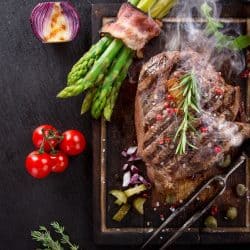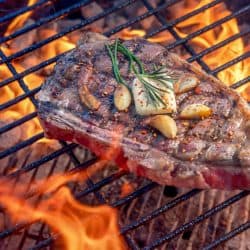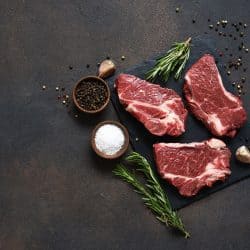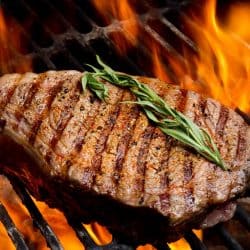There's nothing better than a juicy steak fresh off the grill or skillet. Thyme and rosemary are two of the most popular herbs to use on steaks. Is one better than the other? We have searched several sources to answer this question and show you how to use them to add optimal flavor to your steak.
Neither rosemary nor thyme is better when it comes to flavoring your steak. It is all a matter of personal taste and the overall desired flavor of your dish.
Whether you like your steak grilled or prepared in a skillet, many herbs can be used for seasoning. Herbs can also be added at different times during cooking for different results.
Deciding whether to use thyme or rosemary is only one of several options to consider when cooking your steak. You may wonder what the best seasoning is or what steakhouses use to season their steaks. We will answer these questions and discuss other closely related topics in this post, so keep reading!
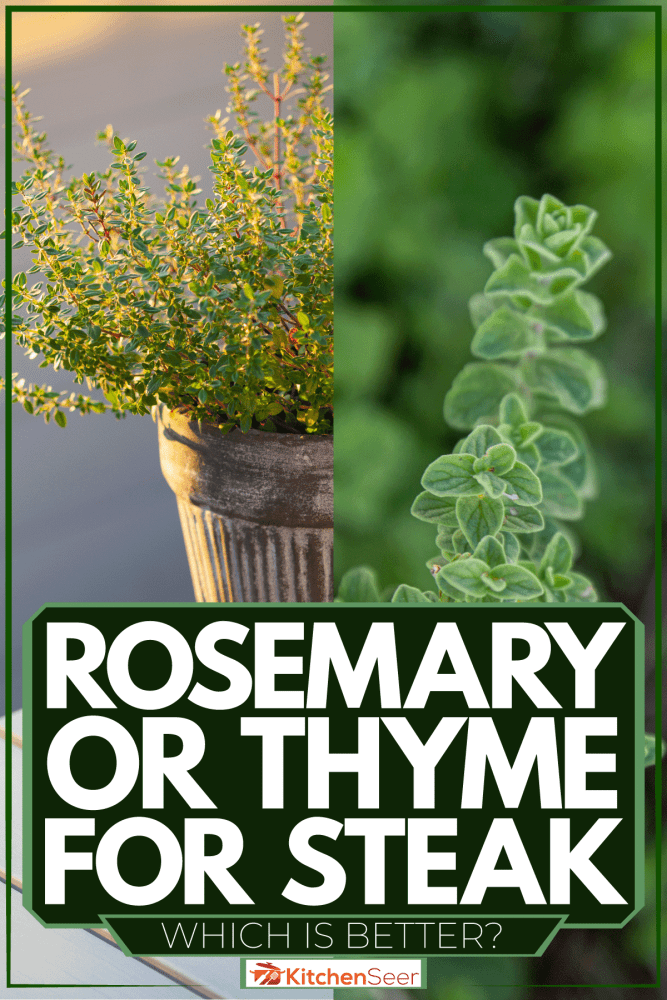
Cooking With Rosemary
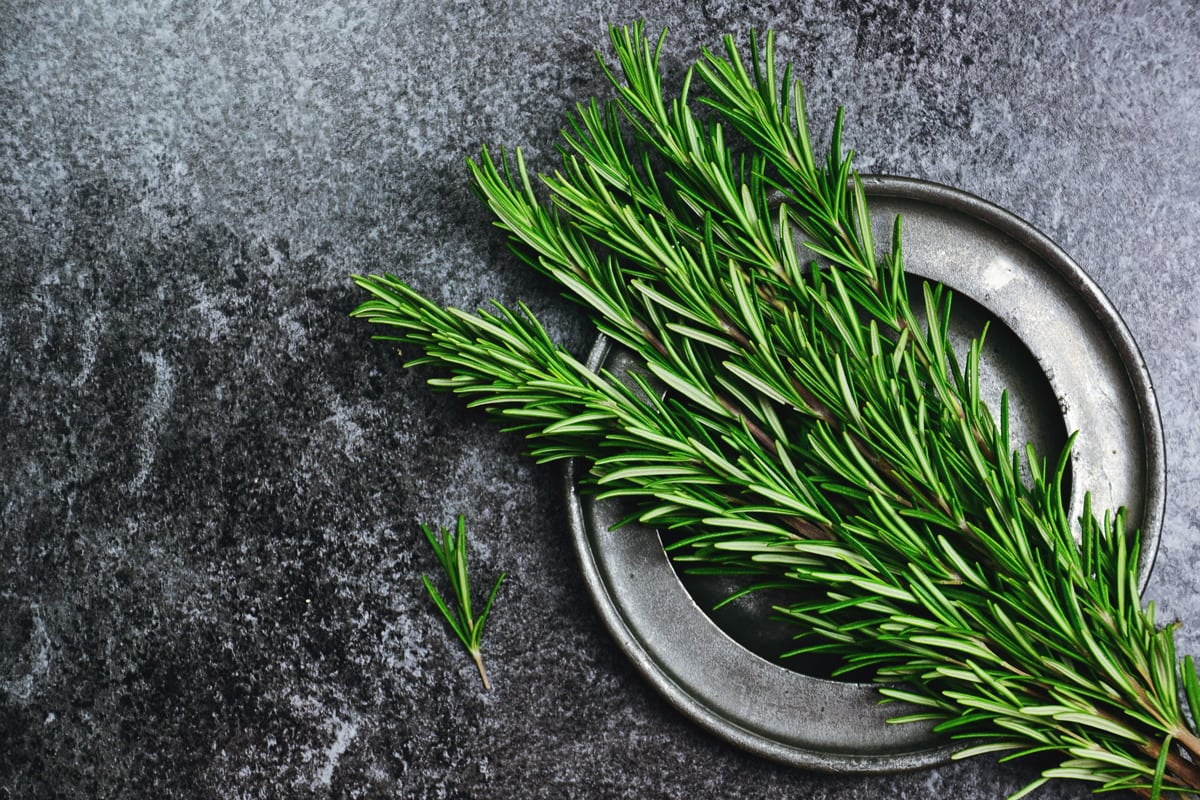
A part of the mint family, rosemary has a bright flavor that pairs beautifully with savory beef steaks. This herb not only adds tons of flavor to your steak but can also help improve your digestion.
Rosemary holds its flavor even after long periods of cooking so that it can be added at the beginning of the cooking process. It also tastes great fresh or dried and can be stored for use at a later time.
Click here to find this whole rosemary on Amazon.
Growing Rosemary
For crisp, fresh-tasting rosemary, consider growing this herb inside your home. Store-bought rosemary will work, but the flavor of freshly picked rosemary is unmatched.
To grow rosemary, all you need is a good source of light. You can save and store your rosemary for later use by drying it and storing it in a glass jar.
Cooking With Thyme
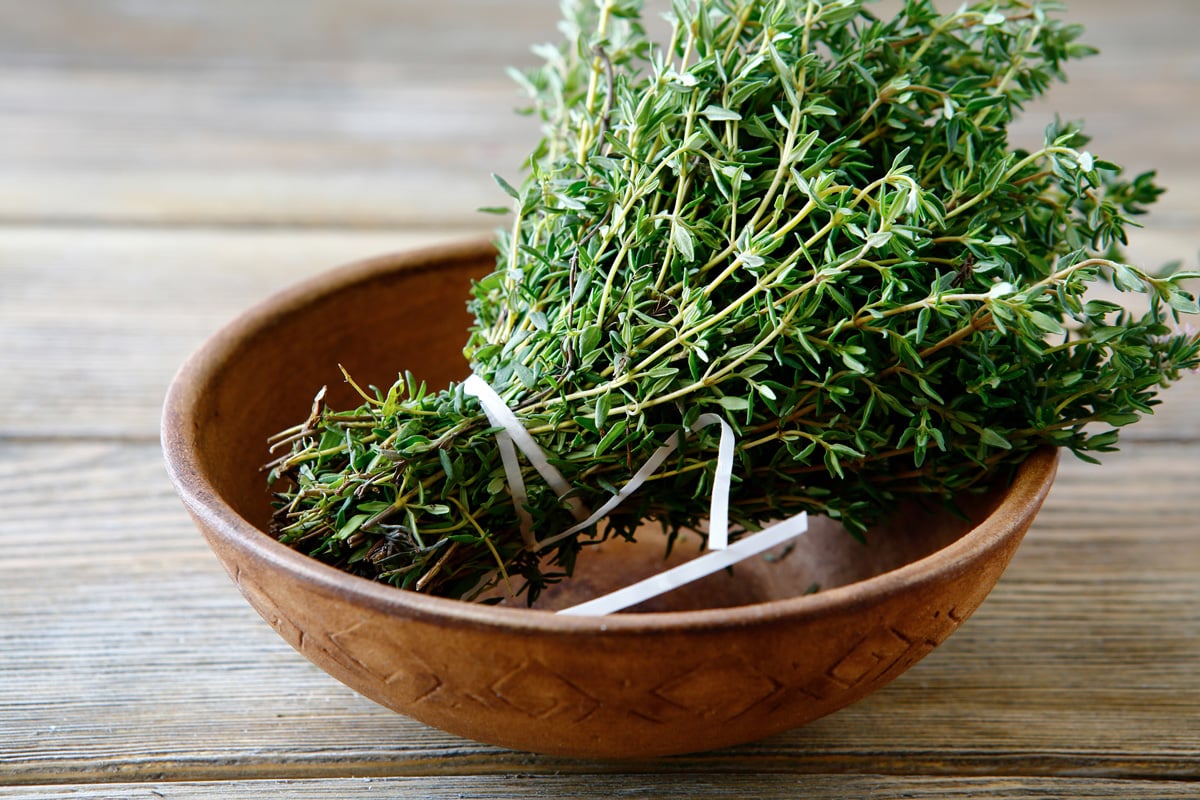
An aromatic Mediterranean herb, thyme adds zest to red meats, including steak. Thyme should be added early on in the cooking process so that it can mellow as it cooks.
A number of varieties of thyme can be used fresh or dry to add deep flavor to your steak. Known for its zesty flavor, lemon thyme is one of the more popular thyme variants.
Growing Thyme
Growing thyme at home is a cost-effective way to make sure you always have this unique herb on hand. Thyme can be grown in a sunny window right in your kitchen.
Refrigerating thyme can extend the time that it can be stored. Fresh thyme can be wrapped in a damp paper towel to store in the crisper drawer for up to two weeks.
Rosemary Or Thyme For Steaks
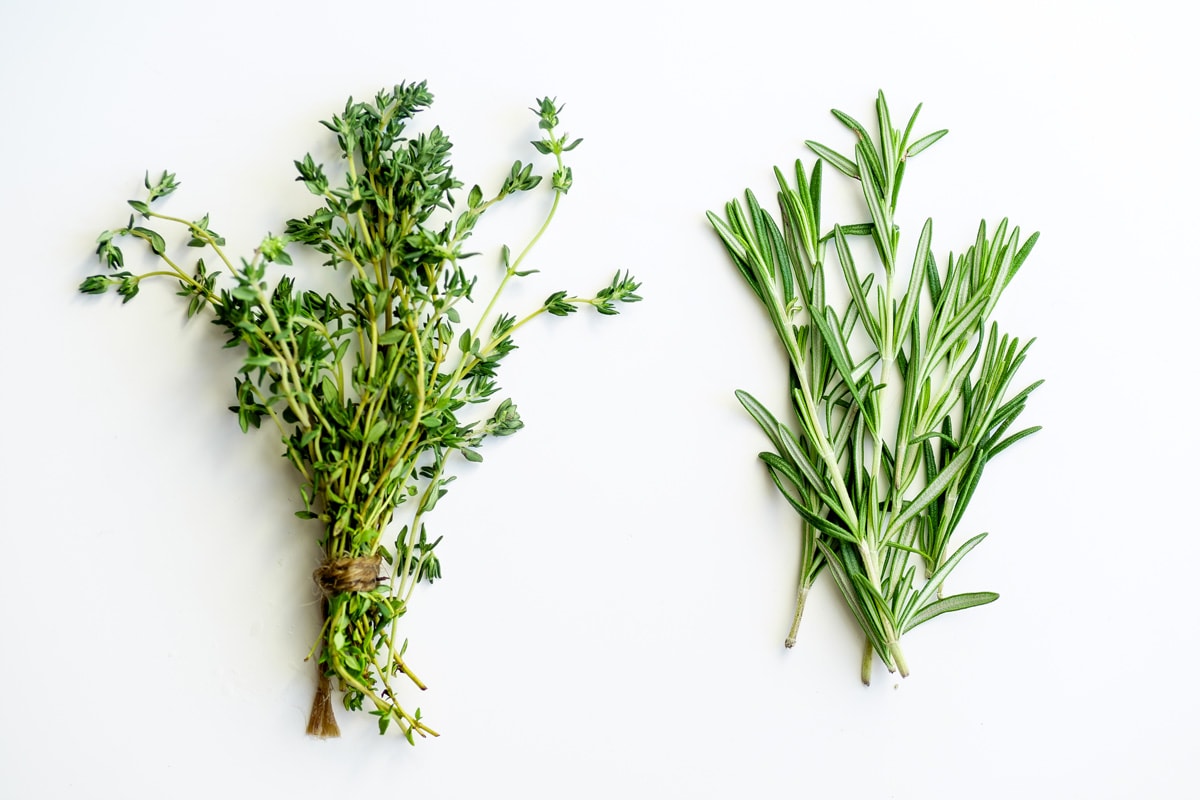
As we mentioned above, using rosemary or thyme is really just a question of personal taste. Both can enhance the flavor of a steak.
Rosemary has a stronger, more pungent flavor and aroma, whereas thyme is a bit more subtle, with hints of lemon or mint. You should use caution when cooking with rosemary, as it can easily overpower a dish.
Thyme's subtle savoriness will help to bring out the flavor in your dish. Both of these herbs have slight peppery undertones.
Other Herbs And Spices
Herbs and spices have been around since the beginning of time to add flavor to your favorite dishes. They are typically used to flavor foods, especially meats, and come in a wide variety of flavors.
Thyme and rosemary are only two of a large selection of herbs and spices that can be used to flavor your steak. There are no rules when it comes to your tastes, so you should try a variety of herbs and spices.
Sage
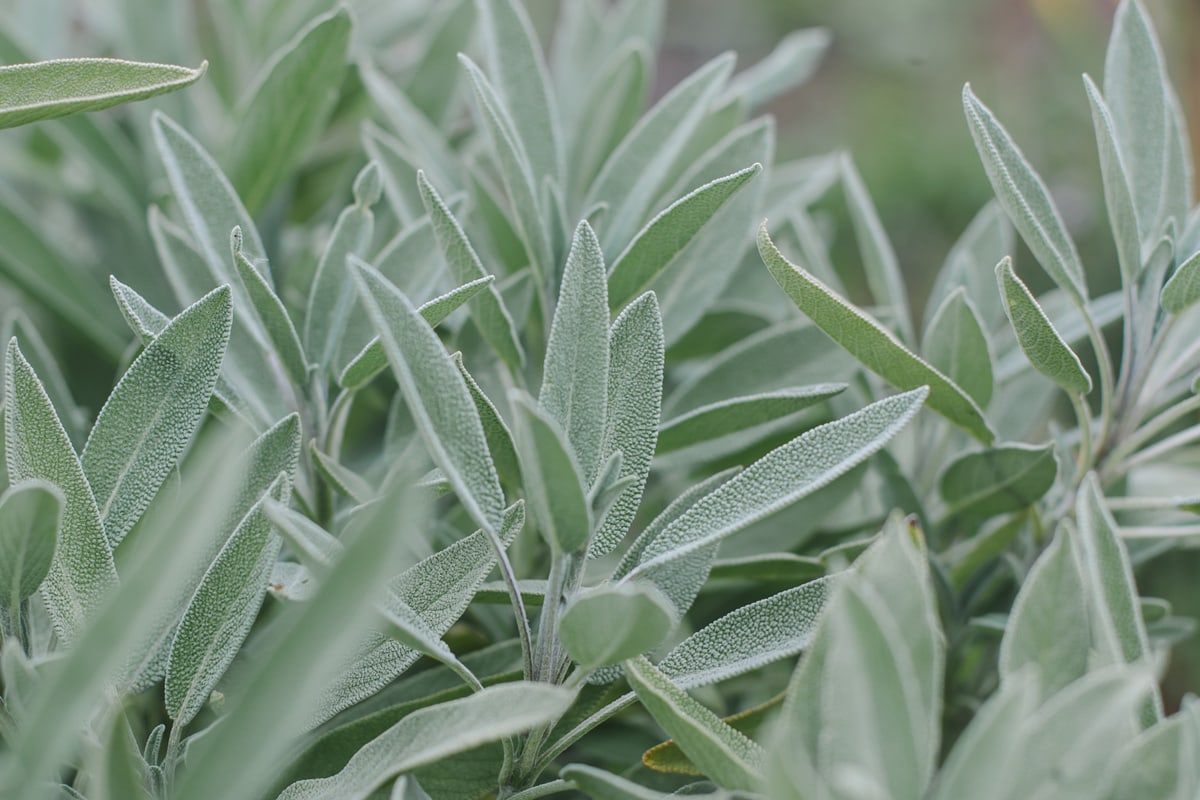
Sage can add warmth to any red meat and is loaded with nutrients and antioxidants. Sage has many health benefits, including improving oral and brain health.
This herb grows easily indoors with only an adequate source of light. Sage can also be used fresh or dried for an earthy, slightly lemony flavor.
Click here to find this sage on Amazon.
Basil
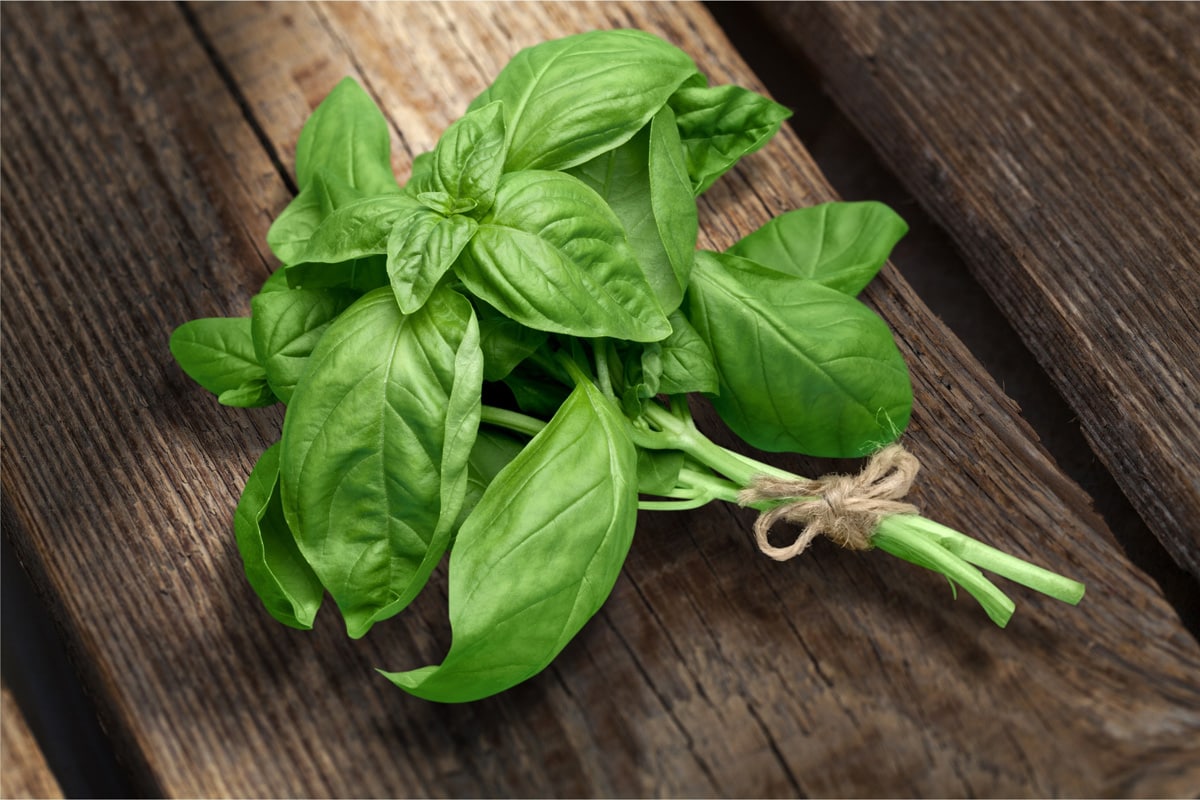
For powerful, deep flavor, consider using basil to flavor your steak. Basil works well, either cooked with the dish or adding some fresh leaves at the conclusion of the cooking process. The fresh method is the most popular. It can add flavor and color to your dish.
Note that basil leaves cannot be dried as they will turn black, but they can be blended and frozen with your favorite oil.
Parsley
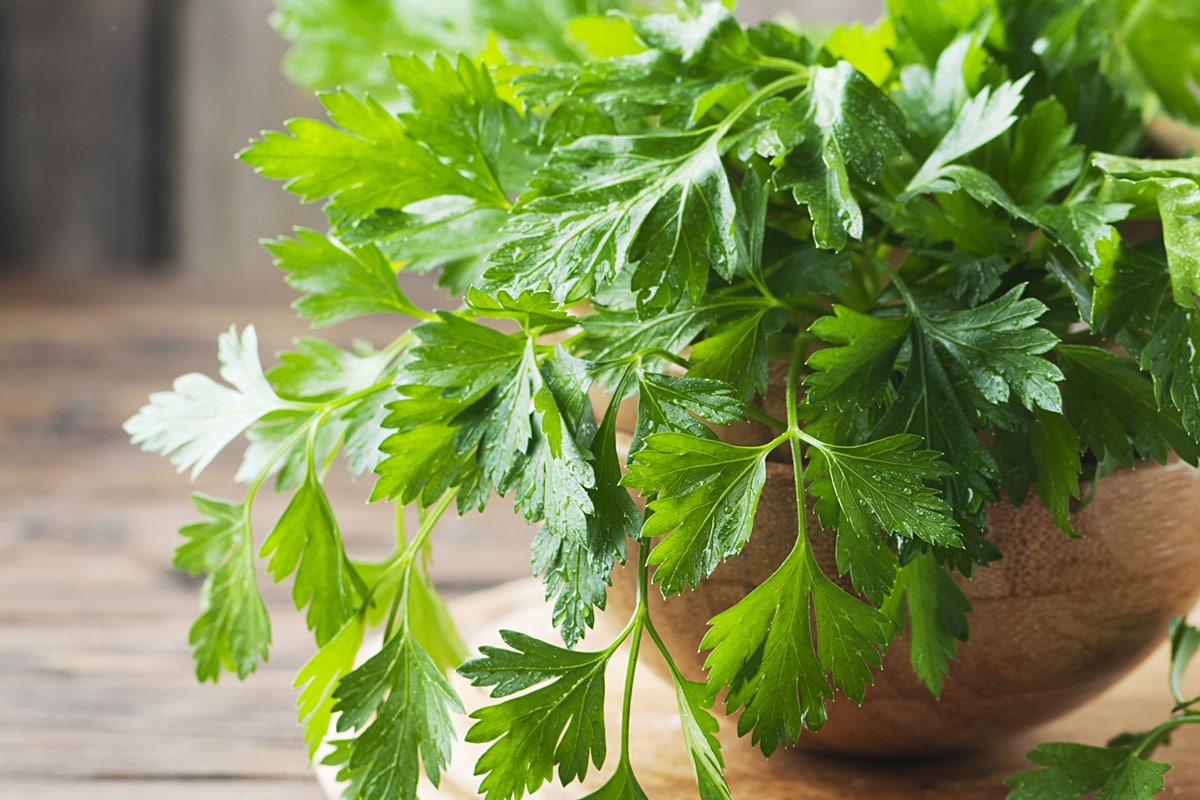
Parsley is often underestimated and overlooked for use in cooking. While this herb has been used as a garnish for many dishes, it has so much more potential.
Parsley should be used fresh by adding it to your dish at the end of the cooking process. The most flavorful part of this plant is the stem.
Oregano
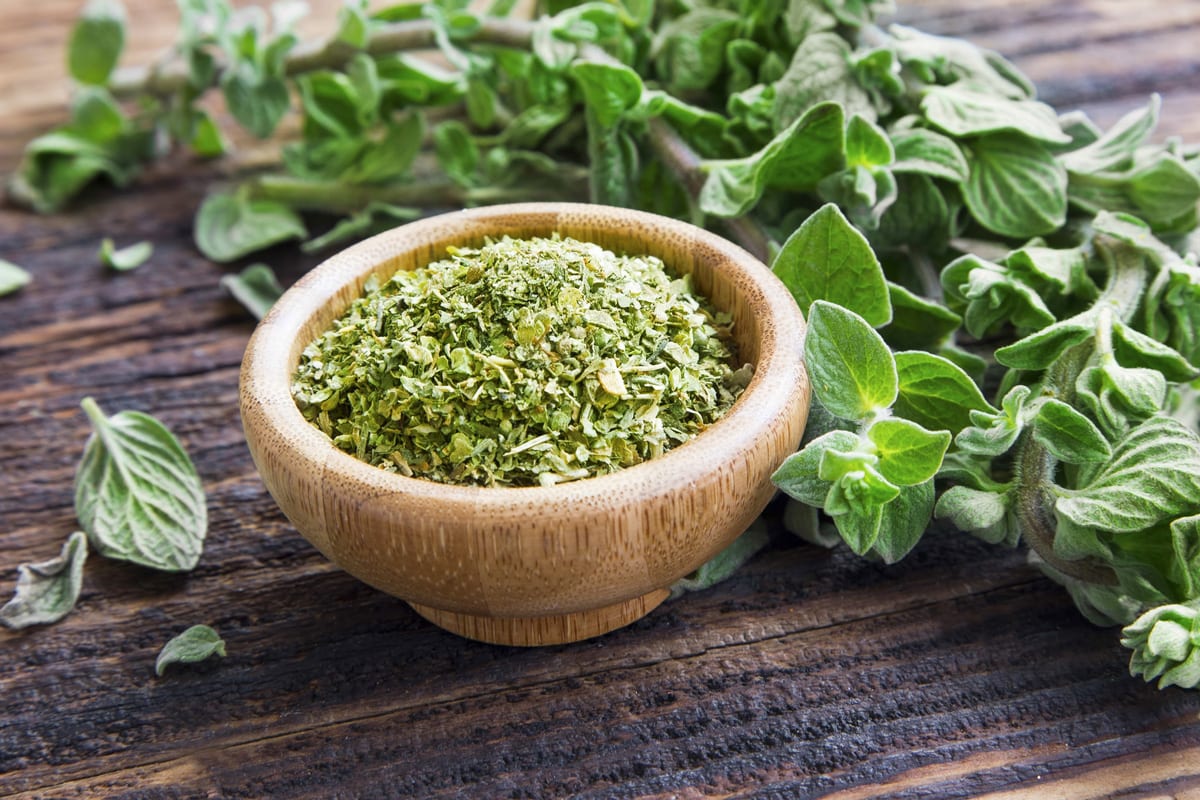
For flavor with a bit of kick, consider flavoring your favorite cut of beef with oregano. Oregano is a mix of spicy and sweet.
This unique herb loses its flavor the longer it is exposed to cooking. Because of this, oregano should be added at the end of cooking a dish for the optimal flavor experience.
Click here to find this oregano on Amazon.
Seasoning Vs. Herbs
Seasonings and herbs may seem the same, but they are very different from each other. Both add flavor and texture to a dish, but herbs are typically fresh, while spices are dried.
Herbs originate from cooler temperatures but can be grown indoors, while spices originate from warmer tropical climates. Spices can last longer than herbs and can be easily stored.
Herbs and butter
Butter is an excellent vehicle for seasoning your steak as it helps the flavor melt into every inch of the meat. The fats in butter add a rich flavor to your meat as well as help to soften the cut.
Try mixing your favorite herbs into room-temperature butter and spooning a dollop on top of your steak.
What Is The Best Seasoning For Steak?
Some cooks will argue that a good cut of red meat requires little (if any) extra seasoning. Sometimes a little salt and pepper is all that is needed, but if you want extra flavor, consider some other seasoning.
While salt and pepper top the list of popular seasonings for steak, there are several other options. Garlic and onion are also popular seasonings that can add tons of flavor to your steak.
What Seasonings Do Steakhouses Use?
Most steakhouses use sea salt and coarse ground pepper to season their steaks. Trademark seasonings typically vary among different establishments.
Marinades are often used to add extra flavor and moisture. Steakhouses then normally finish off the meat with some form of basting liquid or butter.
How Do restaurants Make Steaks So Juicy?
Restaurants typically start with a good quality cut of meat. Cooking a room temperature, quality cut of steak on a really hot skillet is a tried-and-true method for getting a juicy result.
Aim for medium rare to medium when cooking steaks at home. Allowing your steak to sit for a few minutes after cooking is also an important part of the process.
Does Steak Taste Better With Butter Or Olive Oil?
As with most other ingredients, choosing a fat for your steak is a matter of personal preference. Butter and olive oil have lower smoke points than vegetable oil and add some extra flavor.
Some experts recommend rubbing your steak down with olive oil before cooking and then using butter to finish it. You can also baste your steak throughout the cooking process for a juicy result.
Final Thoughts
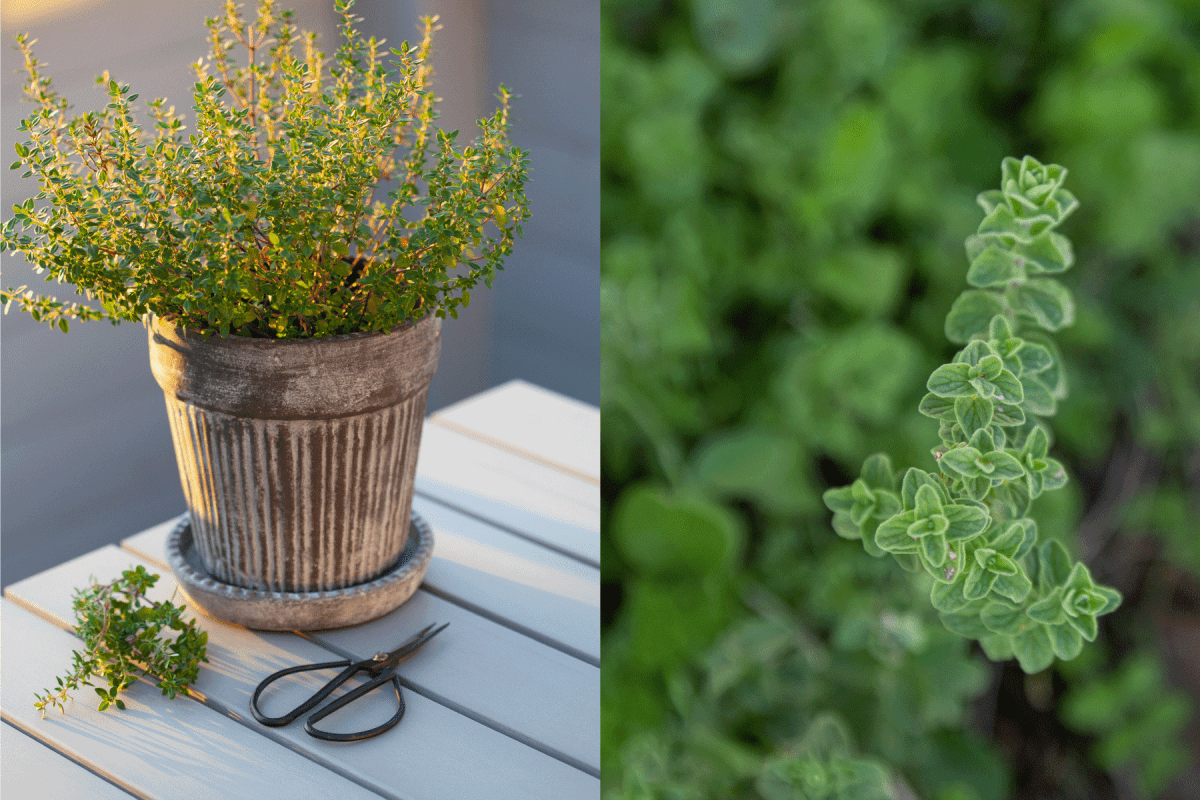
There is a creative element when it comes to seasoning your steak with herbs and spices. Whether you prefer the taste of rosemary or thyme, there is no right answer when it comes to preparing the perfect steak.
Steak is such a versatile meat that it can be paired with an endless number of herbs and spices. We hope that the above information on different ways to season your steak has been helpful.
Before you go, check out these related articles:
How Long Can Raw Steak Stay Out of the Fridge?
Should You Rinse Salt Off Steak Before Cooking?
How Long Do You Rest Steak? [And Does It Keep Cooking When Resting?]





![Raw organic marbled beef steaks with spices on a wooden cutting board on a black slate, stone or concrete background, Should You Always Marinate Steak? [Inc. 11 Awesome Steak Marinade Ideas]](https://kitchenseer.com/wp-content/uploads/2021/04/Raw-organic-marbled-beef-steaks-with-spices-on-a-wooden-cutting-board-on-a-black-slate-stone-or-concrete-backgroun-250x250.jpg)
